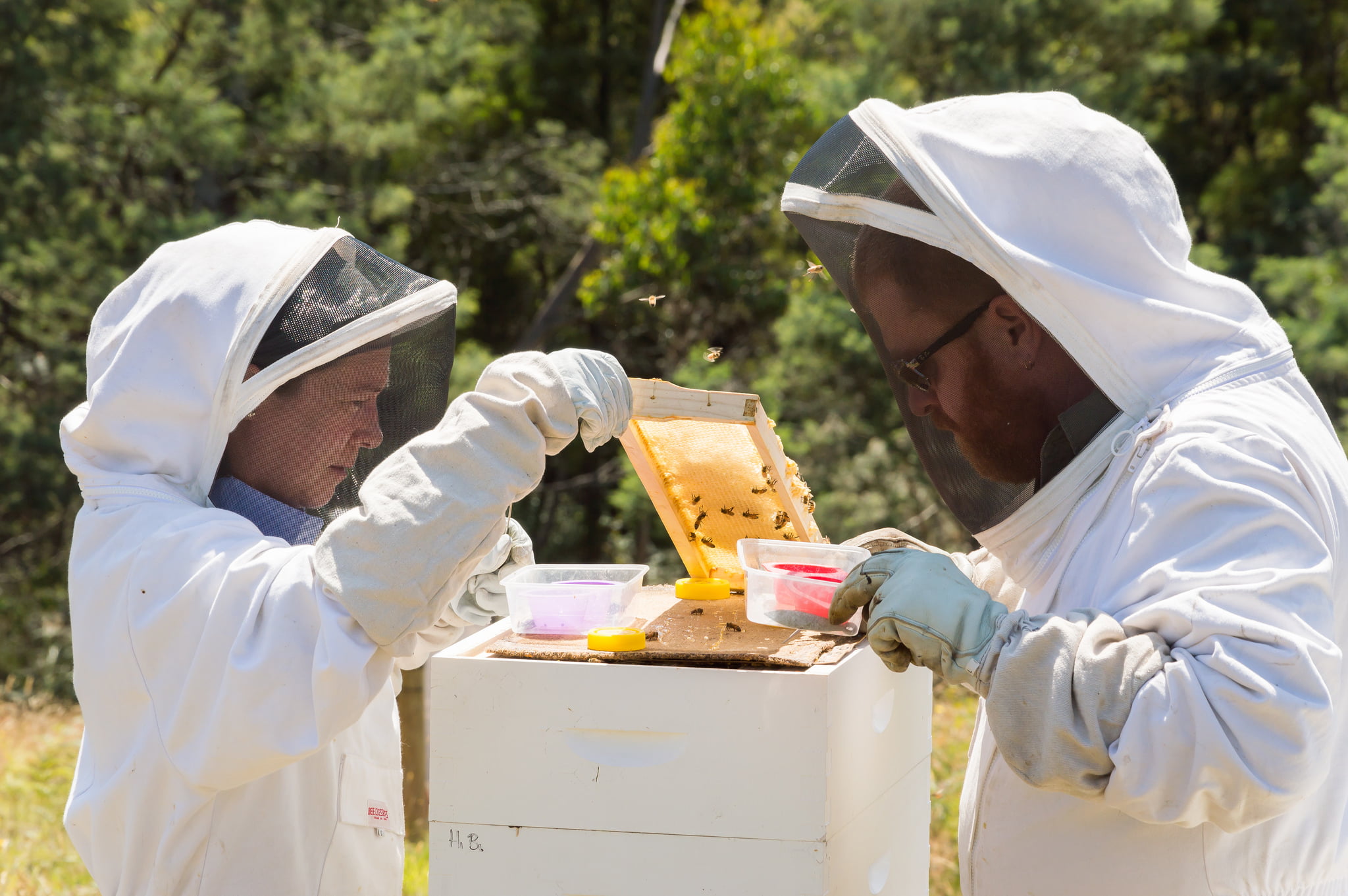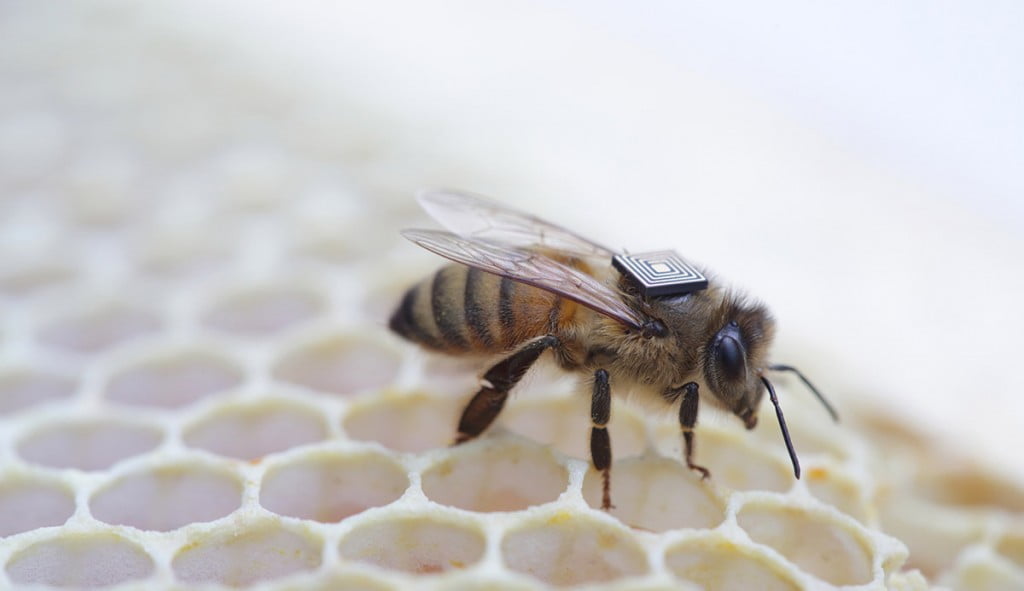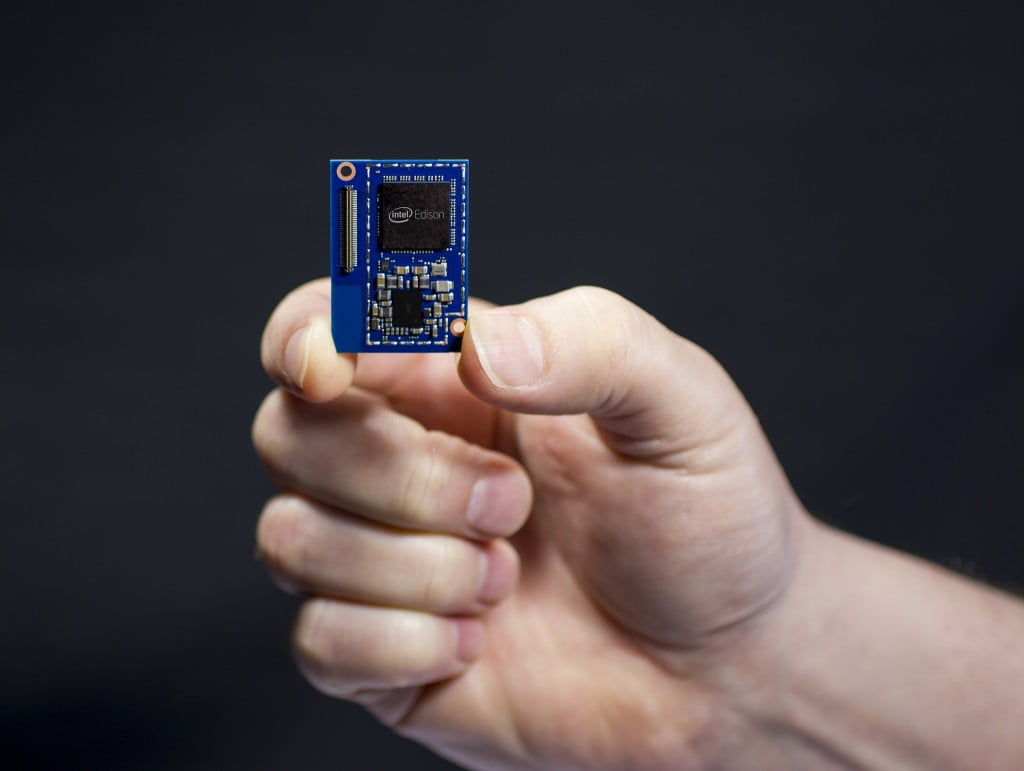Since the 1990s, beekeepers around the world have witnessed the strange and inexplicable disappearance of honeybees from their hives. Not only does this natural tragedy affect the supply of succulent honey; honeybees are also the pollinators of flowers and plants that play a central role in the earth’s ecosystem, and are a source of a third of our food. Many melittologists (bee scientists), horticulturalists and beekeepers alike blame this decline on the increasing use of pesticides on plants and crops, as well as the effects of climate change.
In order to better understand how honeybees act and why their populations are on the decline, engineers at Intel are partnering with CSIRO, Australia’s national science agency, to create tiny “backpacks” that will be fitted on bees to track their movements.
Using Intel’s Edison Breakout Board kit, a customizable computing platform only slightly larger than a postage stamp, beekeepers around the world will be able to keep track of honeybee behavior and collect potentially crucial bee-saving data.
In turn, the information collected will be made part of the Global Initiative for Honey Bee Health (GIHH), an international alliance of researchers, beekeepers, farmers and technology companies that aims to better understand why healthy bee colonies are on the decline.
SEE ALSO: Israeli Pesticide Company That Fights Pest With Bumble Bees Now Launches In India
Bee backpacks
Intel’s micro-sensor kits, which were largely developed by engineers in Israel, will track bees’ behavior and activity through tiny Radio Frequency Identification (RFID) tags that will be placed on select bees’ backs. The tags will report back to the Intel Edison board when the bees pass by, letting it know how many come back to the hive, as well as other environmental information including humidity levels surrounding the hive, temperature and solar radiation.
Sign up for our free weekly newsletter
Subscribe“Bee colonies are collapsing around the world and we don’t know why,” said Professor Paulo de Souza of CSIRO in a statement. “Due to the urgent and global nature of this issue, we saw the need to develop a methodology that any scientist could easily deploy. This way we can share and compare data from around the world to collaboratively investigate bee health. This united effort is a fantastic example of the Internet of Things.”
Internet of Things does good
The information collected by Intel’s Edison platform is expected to be even more detailed than standard mechanisms to measure bee behavior. The captured data will then be sent onto CSIRO’s Data Access Portal. Researchers will then go about composing a comprehensive 3D model to visualize how the bees may be moving through the landscape. This will give researchers insights into bee movement, behaviors and responses to levels of stress that can affect their health and pollination patterns.
SEE ALSO: The Truth About Bees And Their Love For Sweets
This methodology is being applied by the CSIRO in Hobart, Tasmania, where more than 10,000 sensors are now fitted to the backs of bees. Following on from the success of that project, the CSIRO is now seeking collaboration from across the world to make this a global research effort.
 Photo: Spectrum Communications
Photo: Spectrum Communications
Related posts

Resilient And Nutritious New Plant-Based Milk Aims To Make A Splash

Chocolate From Cultivated Cocoa Comes Without Environmental Toll

Plastic Fantastic: Startup Takes PVC Back To Its Crude Oil Roots







Facebook comments